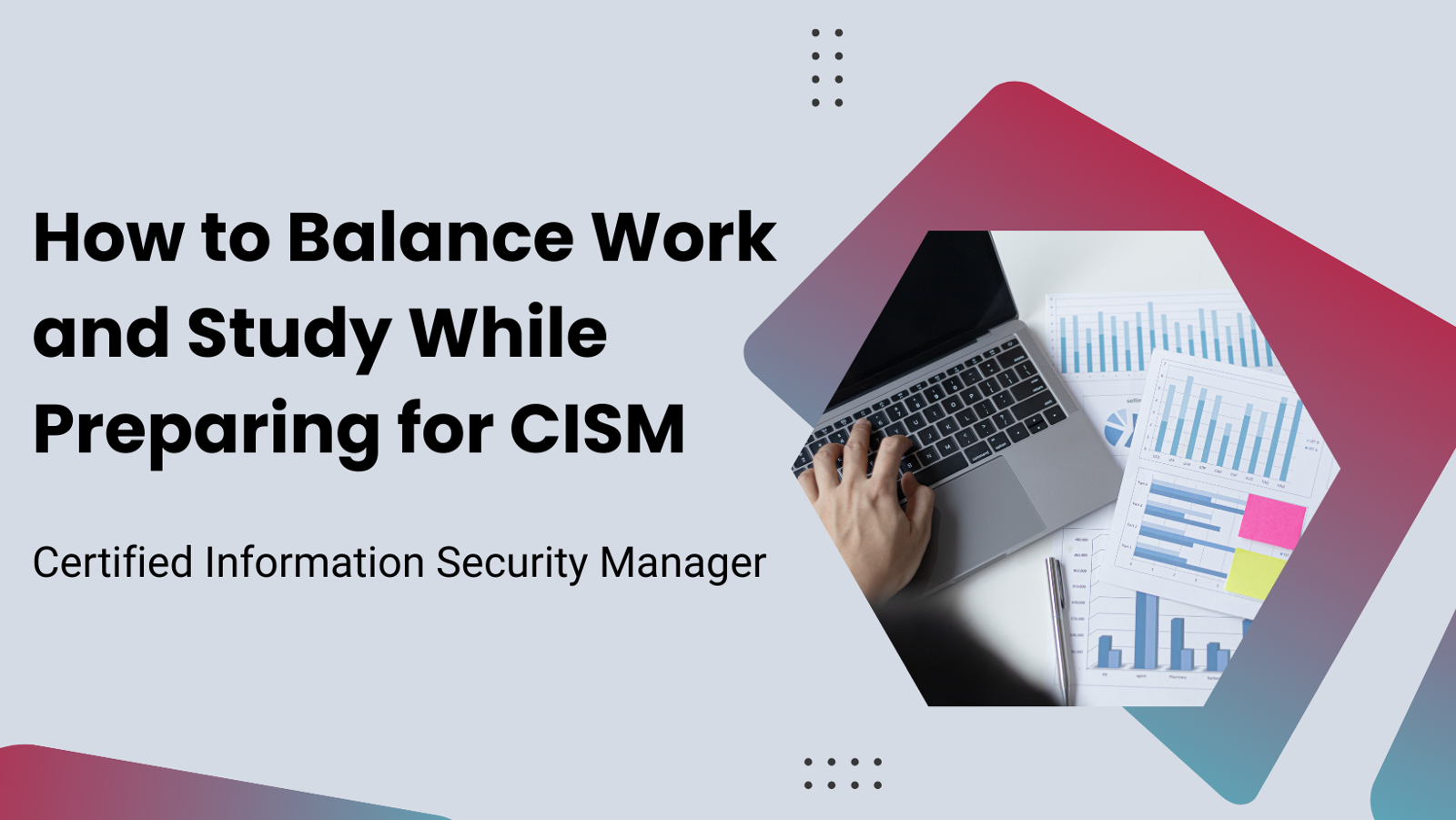
In the ever-expanding domain of artificial intelligence, one question looms large: Who owns the content created by generative AI? As generative AI systems like OpenAI’s GPT, DALL·E, and MidJourney produce everything from text to art, videos, and music, the debate around intellectual property (IP) rights becomes increasingly complex. Businesses, creators, and policymakers are grappling with questions about authorship, copyright, and fair use in this evolving landscape.
This article explores the key dimensions of generative AI and intellectual property, delving into who owns the outputs of AI systems and the implications for creators and industries.
What is Generative AI?
Generative AI refers to systems capable of creating content autonomously based on patterns learned from vast datasets. These systems are trained on extensive libraries of text, images, music, or videos to mimic human creativity. The generated content can range from realistic articles to digital paintings, music compositions, or even entire video game worlds.
Generative AI thrives on user inputs or prompts, producing content that often feels human-like. For instance, a simple input like “Write a futuristic story about space exploration” can result in an AI-generated narrative. Similarly, an image generator might create unique digital art from a textual description.
The growing interest in generative AI has sparked the emergence of Generative AI Certification and Generative AI Course, equipping professionals with the skills to design, implement, and optimize these technologies. While these capabilities are revolutionary, they also blur the lines of authorship and ownership, challenging traditional IP frameworks.
Key Intellectual Property Challenges
Authorship and Copyright
Copyright laws traditionally protect works created by humans. The concept of authorship requires a degree of creative effort, often referred to as the “sweat of the brow” in legal terms. However, AI systems, lacking consciousness or intent, cannot be considered authors under current laws.
This leaves us with a critical question: Does ownership of AI-generated content reside with the user who provides the prompts, the developer of the AI model, or neither?
User’s Role: Users often believe they own the AI-generated outputs because they define the creative direction through prompts. However, most AI platforms specify in their terms of use that the user licenses the AI model to generate content, rather than owning the underlying IP.
Developer’s Role: Developers of AI systems argue that since the models are their creation, they have a claim over the outputs. However, enforcing such claims would stifle user creativity and limit the practical applications of generative AI.
Recent lawsuits have begun to test these boundaries, but no universal legal framework has yet emerged.
Training Data and Fair Use
Generative AI systems are trained on vast datasets, often scraped from the internet without explicit permissions from original creators. This raises questions about whether such use constitutes fair use or copyright infringement.
For example, artists and writers have expressed concerns that their works, used without consent, fuel AI-generated outputs that compete with their original creations. Several legal cases, including ones against OpenAI and Stability AI, aim to establish whether this constitutes IP theft.
Derivative Works
In IP law, derivative works are creations based on pre-existing works. An AI-generated song in the style of a famous artist or an AI-created painting mimicking Van Gogh raises questions about whether the output is derivative and whether permission from the original creator or their estate is required.
Potential Solutions and Evolving Frameworks
Policymakers, tech companies, and creators are exploring solutions to address these challenges. Some proposed ideas include:
Attribution Mechanisms
Implementing systems that automatically credit or compensate creators whose works contribute to AI training datasets could bridge the gap between generative AI innovation and creator rights. Blockchain-based attribution models are gaining traction as a potential solution.User Agreements and Licensing
AI platforms are beginning to refine their terms of use to clarify ownership and licensing. Some, like OpenAI, allow users to retain rights to their generated content, while others claim joint ownership or commercial use rights.Legislative Updates
Governments worldwide are reviewing copyright laws to address AI-generated content. For example, the U.S. Copyright Office recently clarified that works with significant AI-generated elements might not qualify for copyright protection unless substantial human creativity is involved.New IP Categories
Some experts propose introducing a new category of intellectual property specifically for AI-generated works, with ownership assigned to the entity that directed the creation process. This approach could balance the interests of users, developers, and original creators.
Implications for Businesses and Creators
The uncertain ownership landscape has significant implications for industries leveraging generative AI:
Creative Industries
Artists, musicians, and writers face potential displacement as AI tools flood markets with inexpensive, high-quality content. At the same time, these tools can amplify creative output and enable new forms of collaboration.Legal and Ethical Risks
Companies using generative AI must navigate the murky waters of IP law carefully. Failing to address potential infringements in training datasets or generated outputs could lead to costly lawsuits.Innovation and Collaboration
Clear ownership rules could spur greater adoption of generative AI across sectors like marketing, game development, and content production, enabling unprecedented innovation.
A Shared Responsibility
Resolving the IP challenges of generative AI requires collaboration among stakeholders:
Developers must prioritize transparency about how their models are trained and offer licensing options that respect creators’ rights.
Creators should advocate for stronger protections while exploring ways to integrate AI into their workflows.
Policymakers need to craft balanced regulations that foster innovation while protecting intellectual property.
The debate over generative AI and IP ownership is far from settled. As AI technology continues to evolve, so too must our legal and ethical frameworks. Ultimately, the goal should be to create an ecosystem where human creativity and AI innovation coexist harmoniously, benefiting all parties.
In this new era of AI-generated content, the question “Who owns the content?” is as much about redefining creativity as it is about navigating intellectual property. The journey to clarity may be challenging, but it’s one that holds promise for shaping the future of creative expression.









Write a comment ...